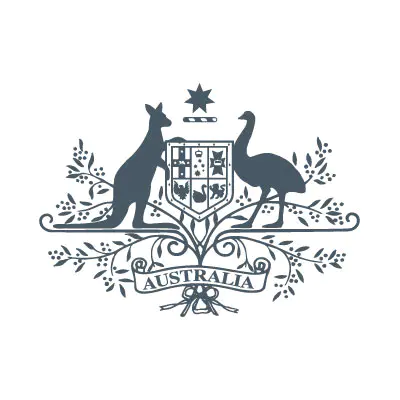
US Nuclear Tests in Marshall Islands Spread Global Radiation: Study
Hamburg, Germany – Nearly seven decades since the US government ended nuclear weapons testing in the Marshall Islands, a new study has revealed the impacts were far greater than what the US government has so far publicly acknowledged. According to a new study, all atolls, including the southern atolls, received radioactive fallout, but only three of the 24 atolls, all northern and inhabited at the time of fallout, received medical cancer screening.[1]
“The Legacy of U.S. Nuclear Testing in the Marshall Islands” by the Institute for Energy and Environmental Research (IEER) and commissioned by Greenpeace Germany, has comprehensively analyzed official documents from US government military and energy archives, scientific analyses, and medical sources from 1945 to the present day.
“Among the many troubling aspects of the Marshall Islands’ nuclear legacy is that the United States had concluded, in 1948, after just three tests that the Marshall Islands was not ‘a suitable site for atomic experiments’ because it did not meet the required meteorological criteria. Yet testing went on,” said Arjun Makhijani, report author and President of IEER.
Among the key findings of the study:
“The tests on the Marshall Islands are exemplary of an inhumane, imperial policy that deliberately sacrificed human lives and ignored Pacific cultures. As a result of this nuclear legacy, the Marshallese have been robbed of their land, traditions, and culture, with the people of Bikini and Rongelap forever displaced,” said Shiva Gounden, Head of Pacific at Greenpeace Australia Pacific. “The US still fails to acknowledge the full extent of the deep impact. However, these atomic bomb tests are not a closed chapter and they are still having an impact today. Reparations that fit the extent of the harms caused by testing are long overdue.”
In March and April, Greenpeace and its flagship vessel, the Rainbow Warrior, completed a six-week mission with radiation specialists and independent scientists to conduct research across the atolls to support the Marshall Island’s government in its ongoing fight for nuclear justice and compensation.[3] It also marked 40 years (May 1985) when Greenpeace helped answer a call and evacuated the people of Rongelap Island to Mejatto due to nuclear fallout from Castle Bravo, which rendered their home uninhabitable.
In July, Greenpeace and the Rainbow Warrior will mark another 40 year anniversary – the bombing of the Rainbow Warrior I by the French secret service, who were attempting to halt Greenpeace’s campaign against nuclear testing in French Polynesia (Maohi Nui).
https://www.greenpeace.org/international/press-release/74957/legacy-of-us-nuclear-weapons-tests-in-the-marshall-islands-created-global-radiation-exposure-new-study/


